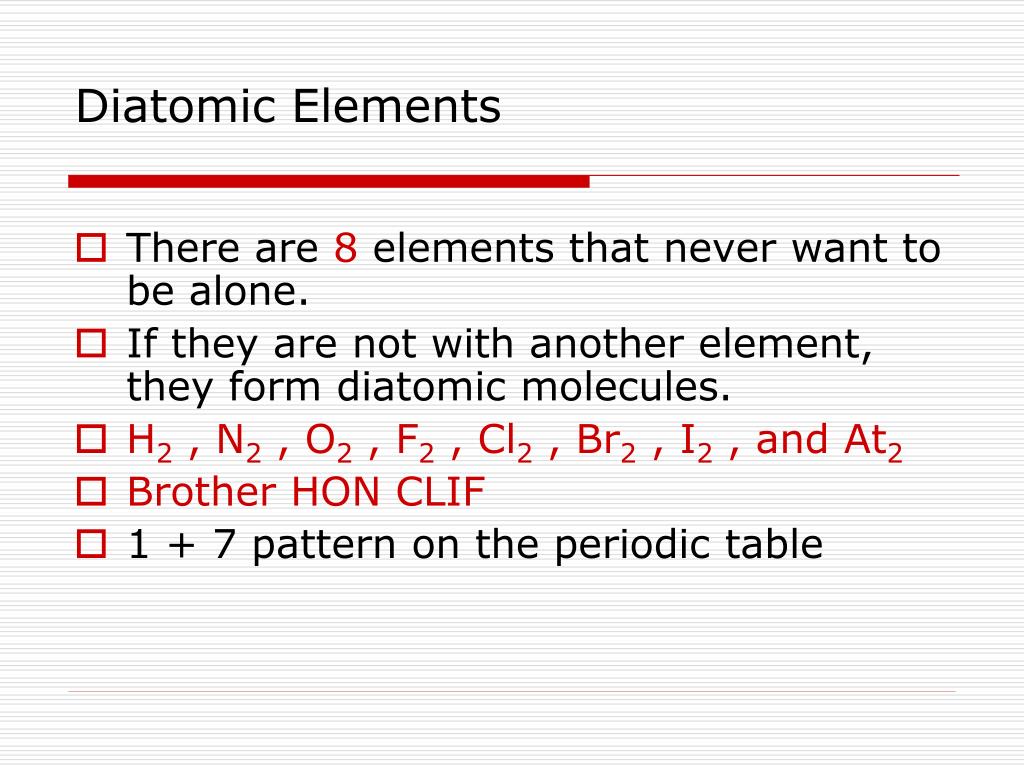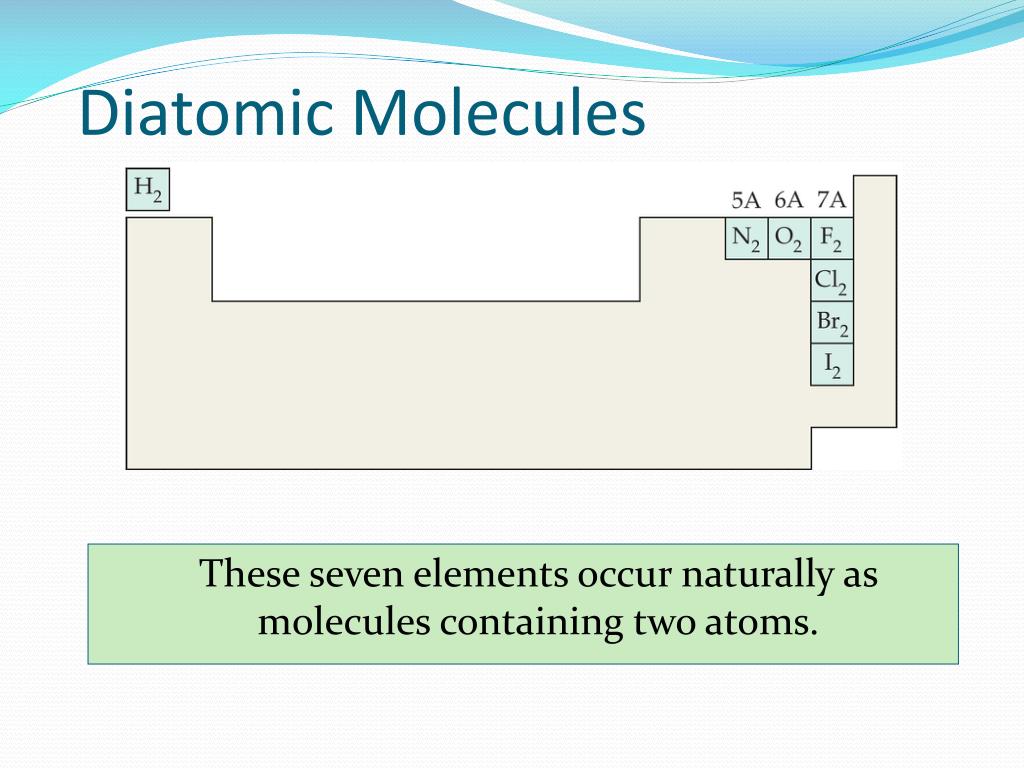
More recent values of constants were taken from the spectroscopic literature as available.

14 For compatibility with the NIST Computational Chemistry Comparison and Benchmark Database, 15 only molecules composed of elements lighter than argon (i.e., atomic number Z < 18) were included. The small difference between this definition and that used by quantum chemists must be absorbed by the empirical scaling factor that is typically applied to theoretically determined ZPEs.Īn initial list of molecules and associated ground-state spectroscopic constants was culled from the classic compilation by Huber and Herzberg 7 and from the NIST Diatomic Spectral Database. Thus, in the present compilation, the experimental ZPE is defined as the difference between the molecular ground state and the lowest point on its isotope-specific effective potential. Experimental spectra are generally analyzed, however, as if the BOA were followed by real molecules explicit Born-Oppenheimer corrections are only made when simultaneously fitting different isotopologs to the same effective potential. Unfortunately, this definition is not convenient for experimental ZPEs, as the BOA is never adopted by real molecules. Thus, the most common definition of the molecular ZPE is the energy difference between the vibrational ground state and the lowest point on the Born-Oppenheimer potential energy surface. In quantum chemistry, the Born-Oppenheimer approximation (BOA) is almost 8 always accepted. Nevertheless, it is the largest such list yet assembled, the first to employ spectroscopic data more recent than those compiled by Huber and Herzberg, 7 and the first to include uncertainties. The present list, restricted to diatomic molecules, is not intended to be exhaustive. We are now working to fill this gap by providing benchmark, experimental ZPEs along with the associated uncertainties. Moreover, existing compilations include few data for polyatomic molecules.

Unfortunately, we have been unable to locate any recent compilations of experimentally derived ZPEs, or compilations of any age that include uncertainties. Similar work is underway to provide scaling factors, with their associated uncertainties, appropriate for routine predictions of ZPE. 6 The uncertainties associated with the experimental vibrational frequencies were required in the analysis, although in the end their contribution was small enough to be neglected. We have recently quantified the uncertainties associated with scaling factors for fundamental vibrational frequencies. The empirical scaling factor carries uncertainty. 2–5 However, the most common practice is simply to scale the computed harmonic ZPE by a multiplicative correction factor. In careful work, it is necessary to go beyond the harmonic approximation to obtain a reliable ZPE. Vibrational zero-point energy (ZPE) has emerged as one of the principal remaining sources of uncertainty in calculations of molecular energetics. 1 As the uncertainties in electronic energy fall away, other sources of uncertainty become increasingly noticeable. With the advent of basis-set extrapolation methods and highly correlated theories, the energetics of small molecules can now be computed to high precision almost routinely. As a result of steady progress in electronic structure theory and computational efficiency, the precision of ab initio molecular energetics has improved by a factor of about 10 every 10 years.

One of the most popular uses of computational quantum chemistry models is to predict molecular energetics, which is required for applications such as thermochemistry and reaction kinetics.


 0 kommentar(er)
0 kommentar(er)
